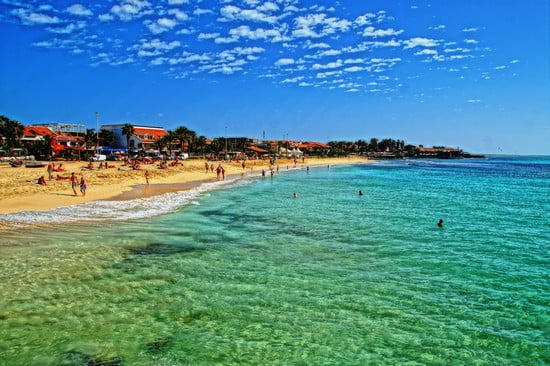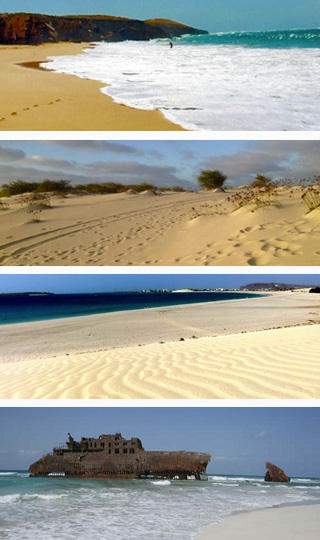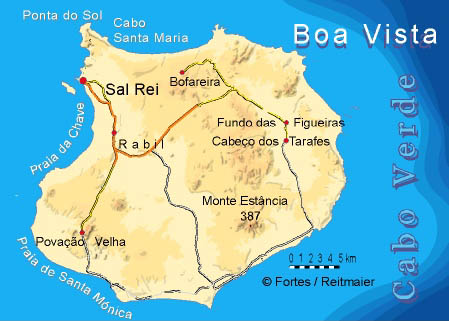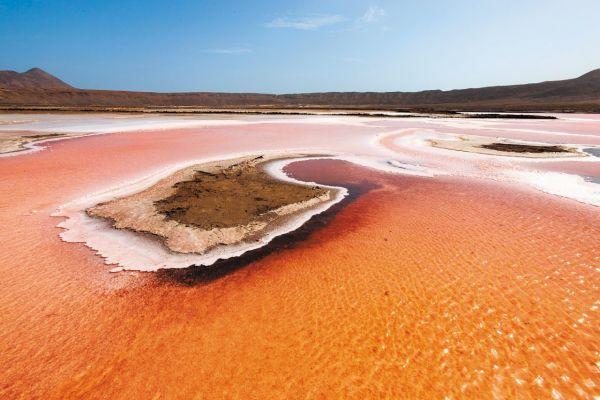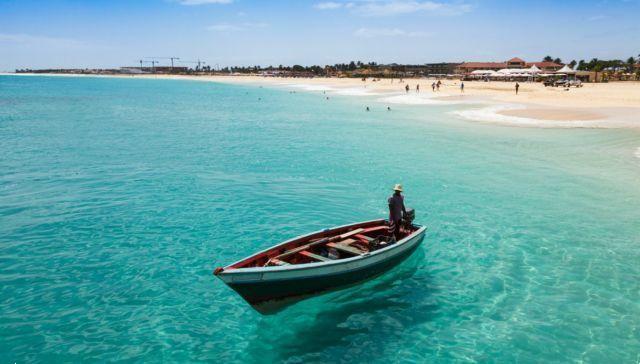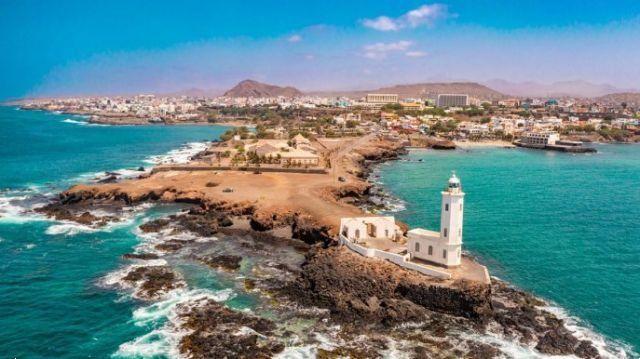
Source: iStock
The heat, the sun, the sea and the light bring us back to the world. For this reason, it is always advisable to organize a vacation in those magnificent places in the world where it is practically always summer. Of course, even in these locations there are periods that are more suitable than others for traveling, but on a general level we are talking about paradisiacal areas where temperatures are always high.
One of these is a wonderful archipelago that comes to life off the north-western coast of Africa, islands of volcanic origin that extend about 500 kilometers away from Senegal: Cape Verde.
Cape Verde: useful information
In total the Cape Verde Islands sono 10 e sono geograficamente divise in due gruppi: le Barlavento (o Sopravento) a nord, con un clima più arido, ovvero Santo Antão, São Vicente, Santa Luzia, São Nicolau, Ilha do Sal e Boa Vista; le Sotavento (o Sottovento) a sud, leggermente più piovose, vale a dire Maio, Santiago, Fogo, Brava.
Choosing Cape Verde for your holidays is like taking ten different trips to one destination: each island is different from the other and what's more, even though they represent the last stronghold of West Africa, they are characterized by a culture that is a perfect mix between the habits and customs of Africa, Europe and even Brazil.
Incredible places, therefore, which rise in the middle of the Atlantic Ocean, and are arranged in the shape of a huge horseshoe. Places where the beaches are almost endless, where the sea is truly crystal clear, the nature is still pure and uncontaminated and the people are perpetually smiling and welcoming.
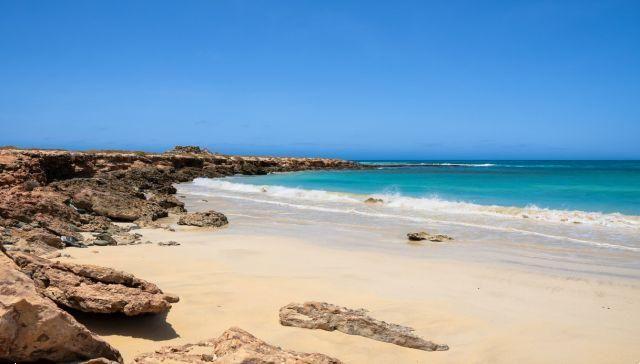
Source: iStock
Getting to know the Cape Verdean islands
As we mentioned above, there are 10 Cape Verdean islands and, despite being close to each other, they hide places and wonders that differ greatly from each other.
However, they are all surrounded by an intense blue sea, which sometimes merges with verdant forests, or with remnants of desert, as well as with the dark colors of volcanic peaks.
Santo Antão, the green più island
Santo Antão it is part of the Barlavento islands and is also the second largest in the Cape Verde archipelago. By many travelers it is even considered the most beautiful, and this is not surprising because it is a true treasure chest of wonders.
In fact, docking in these parts allows you to lose your gaze and live exhilarating experiences among sheer rock faces, mysterious canyons, gorges and valleys, an emerald green oasis where there is space for pine forests but also for tropical plants.
Among the things to absolutely see we mention:
- Ribeira das Fontainhas and Cruzinha da Garça: two micro villages perched on the ground that manage to excite;
- Ribeira do Paul: the ideal valley for hiking and discovering the most authentic and true nature;
- Tarrafal: an oasis lost in the middle of a hazelnut-colored desert and located along a beach of very black sand.
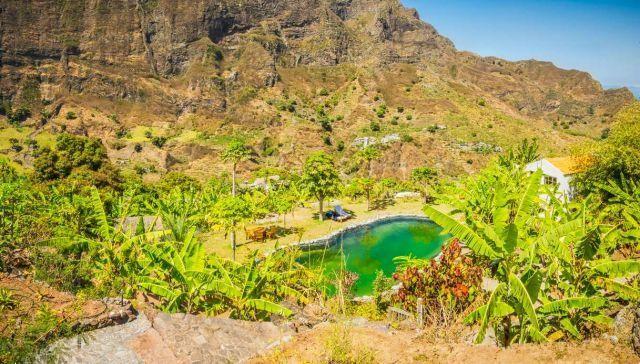
Source: iStock
São Vicente, the island of Carnevale
Also part of the Barlavento islands, it is characterized by the presence of several craters, such as the one that forms the spectacular Mindelo Bay. São Vicente is the ideal island for those looking for fun and nightlife: Mardi Gras, the local version of the Brazilian Carnival, is even celebrated here.
Among the wonders not to be missed we point out:
- Mindelo: a sort of Cape Verdean French Riviera thanks to its cobbled streets, colonial buildings and many yachts;
- Pebble: where the best beaches on the island come to life;
- salamansa: a curious fishing village that offers a dark sandy beach.
Santa Luzia, an uninhabited island
Part of Barlavento is also Santa Luzia but, unlike the others, it is an uninhabited island. Characterized by a flat area supported by high sand dunes, and another area with high coasts and majestic mountains, it is striking because it is full of contrasts: the desert mixes with black volcanic glimpses, which then merge with very white beaches and sand dunes. All of this, as you can imagine, framed by a crystal clear sea.
São Nicolau, for lovers of active tourism.
São Nicolau si presenta al viaggiatore come un territorio brullo e desolato, ma in realtà è la culla di valli verdissime e cime elevatissime, tra cui l’imponente Monte Gordo (1312 metri di altitudine).
The ideal place for nature lovers and active tourism, also because the coastal areas, although splendid, are very difficult to reach.
Some of the beauties of the island to visit are:
- Ribeira Brava: capital of the island where narrow streets branch off and overlooked by tiled roofs;
- Tarrafal de São Nicolau: with many breathtaking landscapes and characterized by a mix of mountains, green valleys and pristine beaches.
Ilha do Sal, between surfing and paradisiacal beaches
In addition to being the easiest to reach from Italy, Ilha do Sal is also where the main services of the entire archipelago are located. Despite being small in size, it has a peculiar morphology made up of flat and sandy areas that mix with rocky areas but with reliefs of modest altitude. Ah, it's an ideal spot for those in the mood for water sports such as surfing.
There are many beauties to explore, including:
- Pedra de Lume salt pans: where the layer of salt takes on different colours, all of which are particularly evocative;
- La spiaggia e il paesino di Santa Maria: completely white and with the wind always perfect for surfing, kitesurfing and windsurfing;
- Buracona natural swimming pool: deep caves and cracks between the rocks where the clear waters of the sea insinuate themselves.
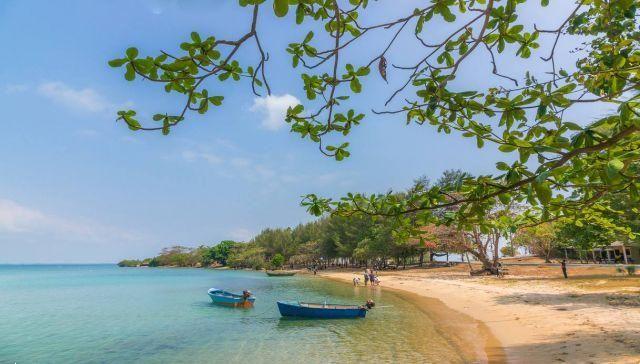
Source: iStock
Boa Vista, the sandiest island
Together with Sal, Boa Vista is the island where the visitor can find all the services he wants. Furthermore, it is one of the largest islands in the archipelago and even the sandiest. Among unforgettable landscapes, uncontaminated nature and danger-free fauna, here time passes in the name of beauty and relaxation.
Among the sites to visit we highlight:
- Deserto di Viana: a kind of piece of Sahara in the middle of the Atlantic. It is characterized by particularly white sand and the presence of dunes;
- Atalanta Beach: where the wreck of the ship Cabo Santa Maria rests, shipwrecked in 1968;
- Santa Monica Beach: thanks to its sand dunes and crystal clear waters, it is considered one of the most beautiful beaches in the archipelago.
Maio, the most underrated
May it is probably the most underrated island in Cape Verde. Yet, here there are enormous expanses of golden beach: it is even the island with the highest beach/extension ratio in the archipelago.
Equally fascinating is the amazing hinterland dotted with acacias and where thirteen lovely inhabited centers are located.
Santiago, the largest of all
Boredom doesn't exist Santiago: it is the largest island in all of Cape Verde. It is a magnificent strip of land where sandy beaches, desert plains, green valleys and a mountainous hinterland alternate. Basically it has everything, one of those places where you couldn't ask for more,
Some of the stops not to be missed are:
- Praia: Capitale di Capo Verde e con un centro che sorge su un altopiano, una sorta di fortezza che pare proteggere l’Oceano;
- green waters: a green oasis with immense baobabs in which to walk and create a connection with nature;
- Baixo beach: with golden sand, it is lapped by a crystal clear sea and is even ideal for snorkeling and diving.
Fogo, from lunar landscapes
As its name suggests, Fogo, it is an island so volcanic that it is framed by lunar and rugged landscapes dotted with lava formations. The most suitable terrain for those who love trekking and hiking. Furthermore, in these parts you absolutely must taste Manecom, a tasty wine that is also exported abroad.
Among the wonders you absolutely must visit are:
- Pico do Fogo: the volcano (still active) whose silhouette dominates the entire island and with a caldera 9 kilometers wide;
- Sao Filipe: the main city which preserves elegant colonial houses and a suggestive panoramic point;
- Village Fountain: with a very black sand beach.
Well done, for taking a trip back in time
Last but not least, Brava. It is an island where time seems to have stopped in the 19th century. Filled with terraced hills, life here flows at a sleepy pace. Despite its incredible mountainous hinterland and a coastline that leaves you speechless due to its beauty, it is the island least frequented by foreign tourists.
Among the stops not to be missed are:
- Nova Sintra(Village): the tiny capital that comes to life on a small plateau constantly surrounded by a crown of clouds;
- Fajã d’Agua: a picturesque village located in a splendid position between a rocky cove and high cliffs.
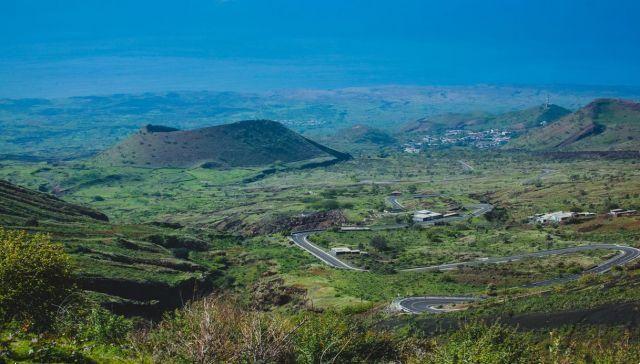
Source: iStock
What to know before the trip
As you could have guessed from the previous lines, the Cape Verde archipelago has something beautiful for all tastes. However, before organizing the trip it is good to know that to reach the islands a tourist visa (if you are traveling for pleasure) is not needed, but it is still essential to have a passport with a residual validity of at least 6 months.
As regards the best time to go, the reality of the facts is that the climate is good practically all year round, but that from November to June the weather is pleasant and breezy, while from July to September the climate is hot, humid and with possible rain, albeit sporadic. Finally, know that the astonishing power of the Ocean does not always allow you to swim in its clear waters.




